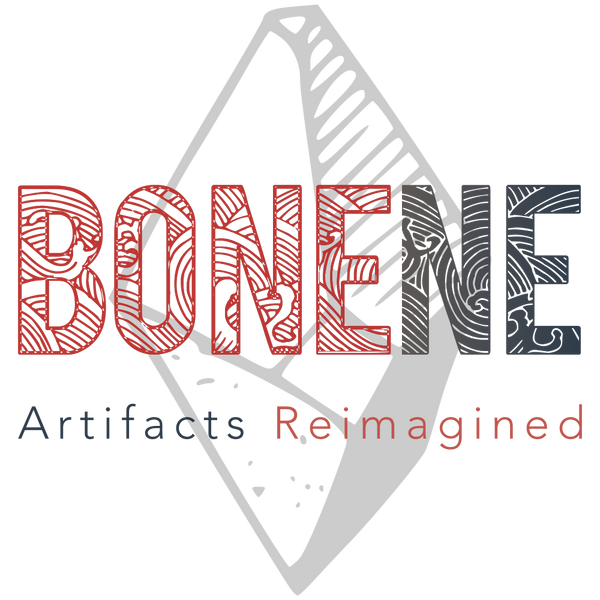
Anglo-Saxon Runic Rings
Share

If the Kingmoor ring (our replica shown above) brings to mind the stories of JRR Tolkien, it's probably because The Lord of the Rings author was informed by the artifact.
There are seven known rings of the Anglo-Saxon period (9th or 10th century) bearing runic inscriptions.
The most notable of these are the Bramham Moor Ring, found in the 18th century, and the Kingmoor Ring, found 1817.
These two rings were discovered on opposite sides of the United Kingdom. They were separated by over 100 miles and made perhaps 100 years apart. Yet both are inscribed with nearly identical runes:
ærkriufltkriuriþonglæstæpontol
Curiously the exact translation of the phrase has been lost to history, its gibberish to us modern folk. But we have a few clues which hint at the meaning.
The phrase ‘ærkriu’ also appears in a 9th century anglo-saxon spellbook (Bald’s Leechbook) in a spell to staunch bleeding. An Irish phrase meaning ‘Stream of blood’ and a reference to alder appear a bit later in the text.
The relatively late use of Anglo-Saxon runes is also of interest here - Old English and its Latin alphabet had mostly replaced the use of runes starting in the 7th century. For these reasons contextually we take the runic text to be a spell of healing.
In addition to the Kingmoor and Bramham Moor rings, there are five additional examples of Anglo-Saxon runic rings.
A third ring, found before 1824 (perhaps identical to a ring found in 1773 at Linstock castle in Carlisle), has a magical inscription of a similar type:
ery.ri.uf.dol.yri.þol.wles.te.pote.nol
The remaining four rings have much shorter inscriptions.
Wheatley Hill, Durham, found 1993, now in the British Museum. Late 8th century. Inscription: [h]ring ic hatt[æ], "I am called a ring".
Coquet Island, Northumberland, found before 1866, now lost. Inscription: + þis is - "this is…".
Cramond, Edinburgh, found 1869-70, now in the National Museum of Scotland. 9th-10th century. Inscription: [.]ewor[.]el[.]u.
Thames Exchange, London, found 1989, now in the Museum of London. Inscription: [.]fuþni ine.
Resources and Further Reading:
